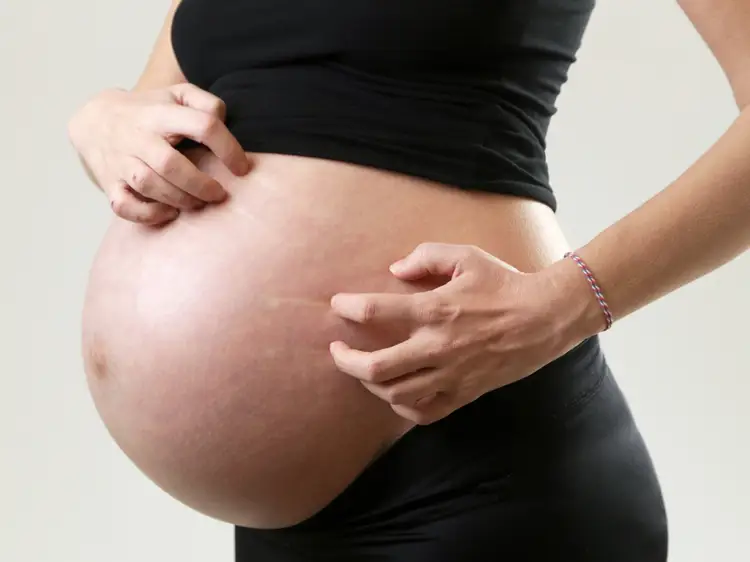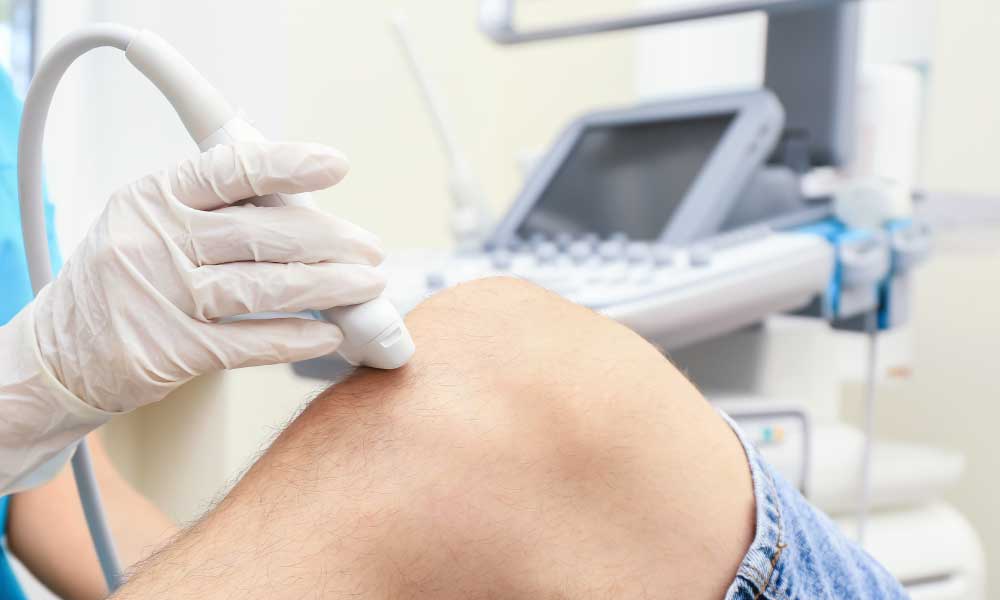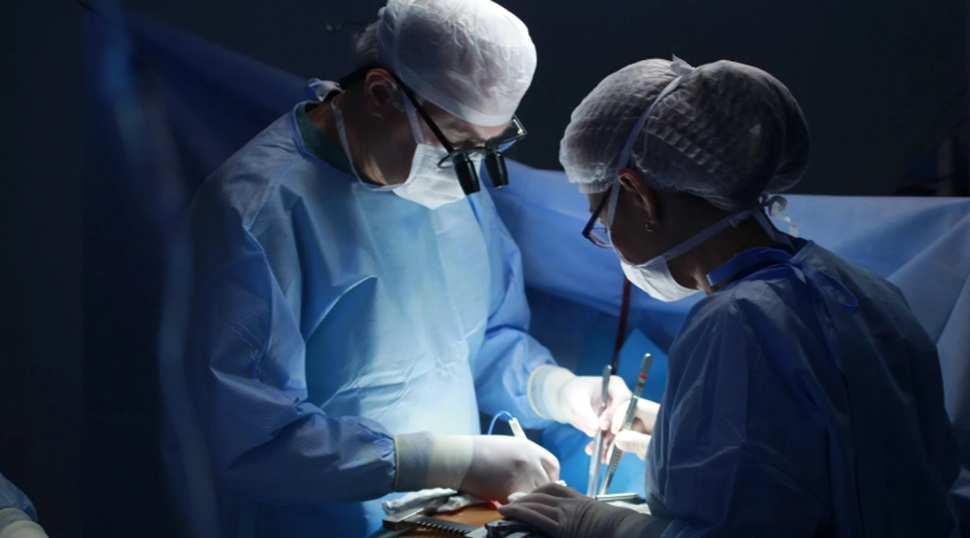What happens when you have cholestasis?
The human body is indeed a marvel. Imagine the many cells in the body making up organs and structures of the human body. These work in a proper manner and are able to adapt should there be any abnormal changes in the body. However, in some conditions, the body is unable to maintain its normal function and often be presented in many symptoms. Symptoms are ways the body can convey a message or signalling that something is wrong in the body. Medicine is part of treatment to help improve symptoms. In this article, we will be learning about cholestasis.
Cholestasis is defined as stagnation or at least a marked reduction in bile secretion and flow. To better understand how cholestasis will affect you, you might want to understand a bit more on the gallbladder system associated with cholestasis. Liver and gallbladder are interconnected by ducts known as biliary ducts. This will drain into the first segment of the small intestine known as the duodenum. Both of the structures are located in the upper right abdomen. The gallbladder is a small pear-shaped sac that holds bile. Bile is a greenish yellow fluid that functions in digestion and eliminating waste products such as excess cholesterol and haemoglobin from the body. Bile flows out of the liver through left and right hepatic cuts which come together to form a common hepatic duct. This duct will then join with a duct connected to the gallbladder known as cystic duct to form a common bile duct. Half of the bile secreted between meals flows directly through the common bile duct into the small intestine.
Now, what really happen when you have cholestasis? When bile flow is altered, it can lead to buildup of bilirubin. Bilirubin is yellow pigment produced by liver and excreted from the body through bile. Cholestasis is categorised into 2 types which is intrahepatic and extrahepatic cholestasis:
- Intrahepatic cholestasis is caused by conditions within the liver such as infection, genetic abnormalities and drug use.
- Extrahepatic cholestasis is caused by physical barriers to the bile ducts such as blockages from gallstone, cyst or tumour that restrict bile flow.
Both types of cholestasis produce the almost same symptoms. Jaundice, dark colour urine and light-colour stool are the most common symptoms seen in cholestasis. Jaundice is the yellowish colour of the skin and to the white eyes that results from excess bilirubin deposited in the skin and dark urine results from excess bilirubin excreted by the kidneys. Itchy skin could be from accumulation of bile products in the skin. Light-colour stool occurs as the passage of bilirubin into the intestine is blocked and prevented from being eliminated from the body into the stool. Other symptoms include abdominal pain, fatigue, nausea, vomiting, loss of appetite and excessive itching. These symptoms depend on the cause of cholestasis. In a severe or prolonged case of cholestasis, malabsorption of calcium and vitamin D will lead to loss of bone tissue and poor absorption of vitamin K may cause bleeding disorder.
Whenever there are symptoms associated with cholestasis, the patient should get checked by a doctor. This will help to identify the cause and possible treatment. When doctors suspect cholestasis, they will ask a series of questions to investigate the patient’s history and perform a physical examination. Doctor will then proceed with a blood test emphasising on evaluating liver function. If a blood test shows abnormality, imaging tests such as ultrasound is typically done to get a close look of the organs affected by cholestasis. CT-scan or MRI may be done instead of ultrasound.
Treatment of cholestasis depends on the causes and types of cholestasis. Blockage to the bile ducts usually be treated with surgery or endoscopy. Blockage within the liver is treated in various ways. For example, if a drug is suspected to be the cause, stopping the drug can help. Itchy skin can be improved with usage of medication such as cholestyramine and antihistamine. If acute hepatitis is the cause, cholestasis usually disappears when hepatitis is resolved. People with cholestasis are advised to avoid or stop using substances that are toxic to the liver such as alcohol and certain drugs. Supplements such as calcium, vitamin D and vitamin K may be beneficial. Stents can be placed to open areas of the common bile duct that are constantly narrowed or blocked. Causes that lead to end-stage liver disease are treated with liver transplantation.
In essence, cholestasis is a liver disease that occurs from the reduced or blocked flow of bile. There are many causes leading to cholestasis with common symptoms. Cholestasis can occur at any age. Blood tests and imaging tests help to differentiate the many different causes. Treatment depends on the cause and severity of the disease. Early treatment can improve the chances for a full recovery. Patients should always get medical advice when they have any symptoms related to cholestasis. Treatment is important to prevent complications such as organ failure, severe itching and weak bones (osteomalacia). Cholestasis may be prevented by getting vaccination, avoiding alcohol and substance abuse.
Also read – Dengue Prevention.




